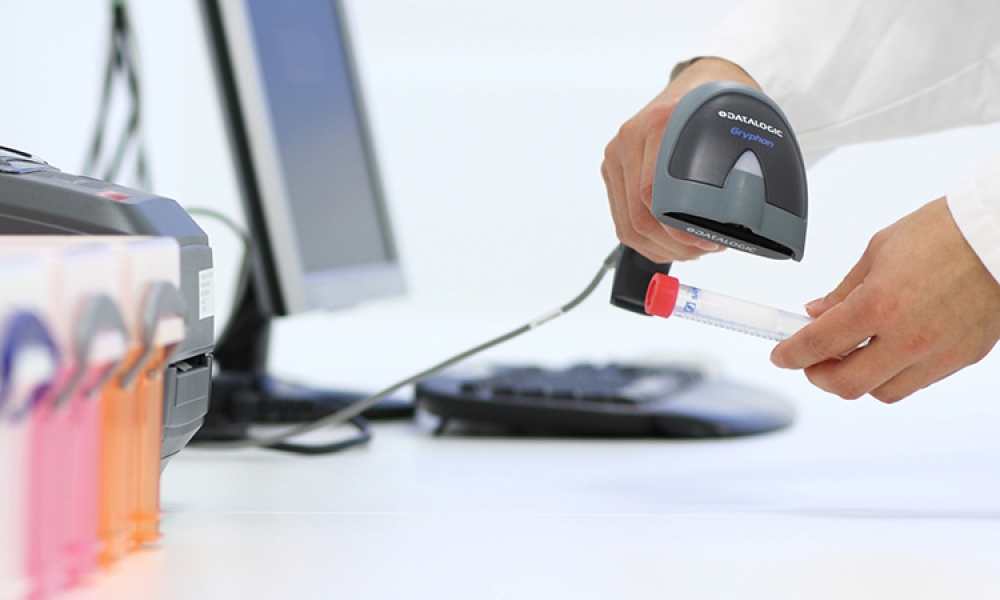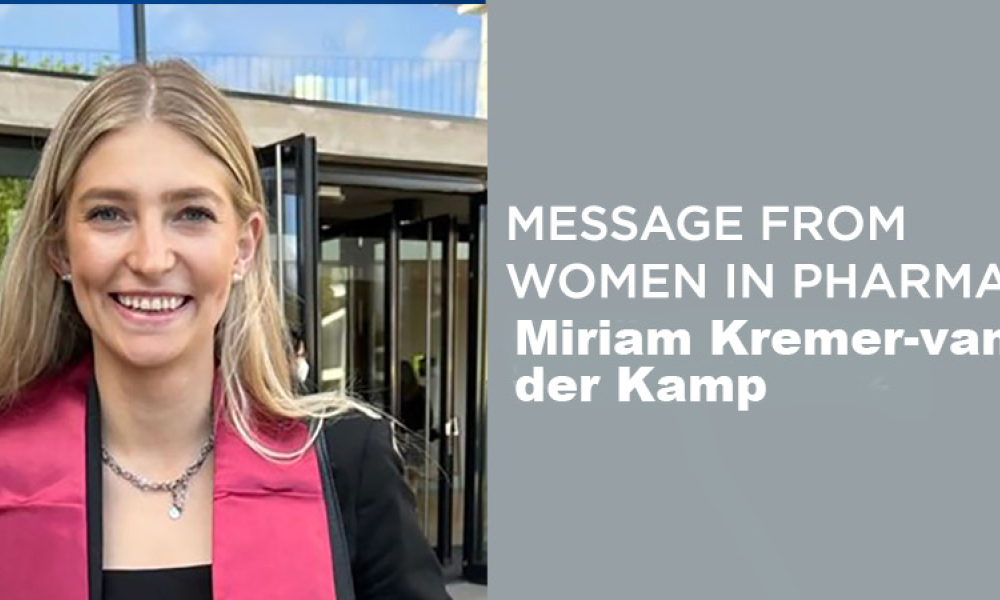Message from the Chair: Pandemic Problem or Solution Opportunity?

How many times have you heard phrases like these over the last several months: unprecedented marketplace disruptions, staggering economic conditions, or maybe insurmountable business challenges? If you’re like me, probably more than you can count.
Their endless repetition can be depressing and disheartening. But despite all the current harbingers of doom, there are agile, visionary, forward-leaning companies that not only survive and thrive under these conditions, they see them as opportunities to create and innovate while helping society. Solving the problems currently at hand and affecting positive change within their respective organizations and across our industry are motivational forces to them, not obstacles.
As part of my industry-related role at Lachman Consultants, I am part of a team that tracks trends and closely monitors shifts in the economic and regulatory landscape to provide real-time guidance and insights to clients across the various sectors of the life sciences. Today, I am spotlighting the medical device industry and share some examples with you. And, by the way, a nod of appreciation to Ricki Chase, a senior member of our team and former FDA Medical Device Specialist and Director of Investigations, for her greatly appreciated contributions to this month’s column; we all support ISPE as we support our industry.
New Technologies
Here are highlights of some of the newest, most exciting technologies on the forefront of modern therapies that are actively seeking to keep pace with the rapidly changing ecosystem.
In Vitro Diagnostics (IVD). The COVID-19 emergency has driven fast development of new In Vitro Diagnostics for the diagnosis of COVID-19 as well as In Vitro Diagnostics to detect the presence of antibodies. The development of IVDs has been growing in recent years and the FDA Center for Devices and Radiological Health has released guidance on the new expectations for dual 510(k)/Clinical Laboratory Improvement Amendments (CLIA) clearance.1 Currently, some of the most exciting growth is being seen in the form of total genome sequencing technologies that strive to quickly sequence the total genome within hours as opposed to days, identifying any mutations or nuances not known by a genus-species identification made through standard diagnostic procedures. This allows healthcare providers to almost immediately choose the most effective therapies available and more rapidly defeat the infection.
Clustered Regularly Interspaced Short Palindromic Repeats (CRISPR). This technology seeks to cut or remove the defective or mutated genomic sequence associated with certain disease states from the patient’s cells to defeat the disorder. Clustered Regularly Interspaced Short Palindromic Repeat technology is being developed for use as a diagnostic tool, where Clustered Regularly Interspaced Short Palindromic Repeat proteins can be used to hunt matching sequences of diseased cell DNA/RNA sequences and provide a signal for detection. This presents a potentially powerful tool to aid in very specific disease diagnosis.
Artificial Intelligence. We have also noted a recent increase in the growth and development of Artifical Intelligence (AI). The most promising and closest to approval use of AI is in diagnostics and its role in detecting diseased tissue early, before symptoms manifest or disease spreads. In this regard, AI is the device. It is Software as a Medical Device (SaMD) and serves to analyze images produced by mammography to assist in early detection of breast cancer. Specifically, the software can learn to recognize previously undetectable patterns and nuances in the diagnostic image, allowing opportunities for greater accuracy in the diagnosis.
3D Printing. Also pushing the envelope is production of 3D-printed whole organs for transplant using compatible tissues and ensuring vascular structures are in place to support blood flow and viability upon transplantation. Microrobots are being designed to target cell specific delivery of chemotherapies to diseased cells using natural magnetic fields along the body’s blood vessels. Fully dissolvable devices, such as wireless brain sensors, are now possible, allowing physicians to see inside the patient’s brain and understand the disease state without having to perform additional surgeries for retrieval.
Bionic Eye. Amazingly, ophthalmic devices are being designed to create an eye to restore not just vision, but vision with a wider range of wavelength detection than the “natural” human eye, using nanowires that mimic the function of the retina.
With these examples, I am sure you know that we are just scratching the surface, metaphorically speaking, of the amazing advancements that are here today or just over the horizon. From my perspective, there appears to be no limit to the rapid development of these and many other pioneering technologies. Opportunities and challenges abound. For the biopharmaceutical industry, the new device technologies present even more prospects for combination products, such as AI-integrated inhalers that help teach patients to effectively administer a historically difficult to use treatment.
This is truly an exciting time to be part of the life sciences industry bringing creative new solutions to some of the world’s greatest medical challenges. I encourage you to remain strong. To be positive and optimistic. And most of all, look for solution opportunities whenever and wherever you can.



